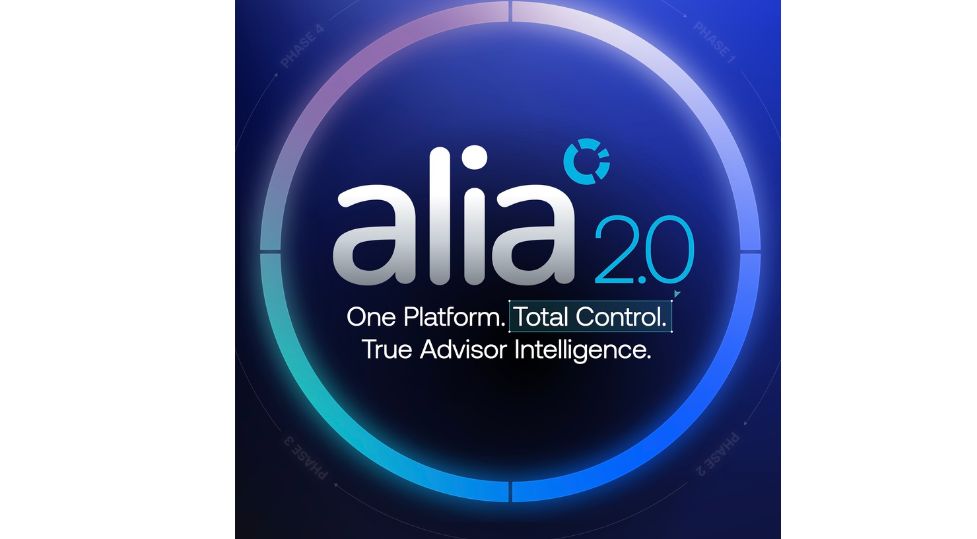Goldman Sachs Will Invest Up to $1 Billion in T. Rowe Price
| By Amaya Uriarte | 0 Comentarios

Goldman Sachs and T. Rowe Price announced a strategic collaboration aimed at offering a range of diversified solutions in public and private markets, designed for the needs of retirement and wealth investors.
Goldman Sachs intends to invest, through a series of purchases in the open market, up to $1 billion in common shares of T. Rowe Price, with the intention of owning up to 3.5%, which would make it the firm’s fifth largest shareholder, according to a joint statement issued by both companies.
“This investment and collaboration represent our conviction in a shared legacy of success in delivering results to investors,” said David Solomon, chairman and CEO of Goldman Sachs.
“With Goldman Sachs’ decades of leadership in innovating across public and private markets, and T. Rowe Price’s expertise in active investing, clients can confidently invest in new opportunities for retirement savings and wealth creation,” he added.
Rob Sharps, CEO of T. Rowe Price, stated: “As retirement leaders, we have a proven track record of leveraging our expertise to drive solutions that help our clients prepare, save, and live confidently in retirement.”
“We are excited to collaborate with Goldman Sachs, leveraging our broad capabilities in public and private markets to offer clients the opportunity to unlock the potential of private capital as part of their retirement and wealth management strategies,” he added.
The collaboration will leverage the strengths of both firms, including their investment expertise, solution-oriented approach, and deep understanding of the needs of intermediaries and their clients. The core focus will be on providing a range of wealth and retirement offerings that incorporate access to private markets for individuals, financial advisors, plan sponsors, and plan participants, the companies stated in the release.
Major financial firms like Goldman Sachs, BlackRock, and Morgan Stanley are betting heavily on alternative assets—an area dominated by private equity firms—to capitalize on their growth potential and attract new clients.
“Goldman didn’t buy a friend, it bought a fast track to 401(k) distribution, since two-thirds of T. Rowe’s assets come from retirement accounts,” Michael Ashley Schulman, chief investment officer at Running Point Capital Advisors, told Reuters.
“We believe that Goldman brings a broad range of capabilities in private markets and wealth management to this relationship, which will enable the two companies to design a very wide range of solutions that can meet client demand as it evolves,” wrote analysts at Evercore ISI in a note.
Key Points
Target-date strategies:
The firms will offer new joint and co-branded target-date strategies that will leverage T. Rowe Price’s expertise in the Retirement Blend series, while expanding plan participants’ access to private markets by incorporating investment capabilities from Goldman Sachs, T. Rowe Price, and OHA. Goldman Sachs will act as the external provider of private market strategies for the target-date series. These solutions are expected to launch in mid-2026.
Model portfolios:
Joint and co-branded model portfolios will be introduced, leveraging the strengths of both organizations. These will include separately managed accounts (SMAs), direct indexing, ETFs, mutual funds, and private market vehicles, tailored to the needs of advisors serving mass affluent and high-net-worth (HNW) clients.
Multi-asset offerings:
T. Rowe Price and Goldman Sachs will also collaborate on multi-asset offerings. They are currently considering two strategies: one that will provide access to asset classes such as private equity, private credit, and private infrastructure in a diversified portfolio through a single vehicle, and another that will integrate investment in both public and private U.S. equities into a single offering.
Personalized advisory solutions and advisor-managed accounts:
The firms are collaborating on the development of an innovative, scalable advisory platform for advisors and other RIAs to offer managed retirement accounts both within and outside of plans. This includes the integration of retirement planning and advisory services from both firms into T. Rowe Price’s recordkeeping and individual investor platforms.









